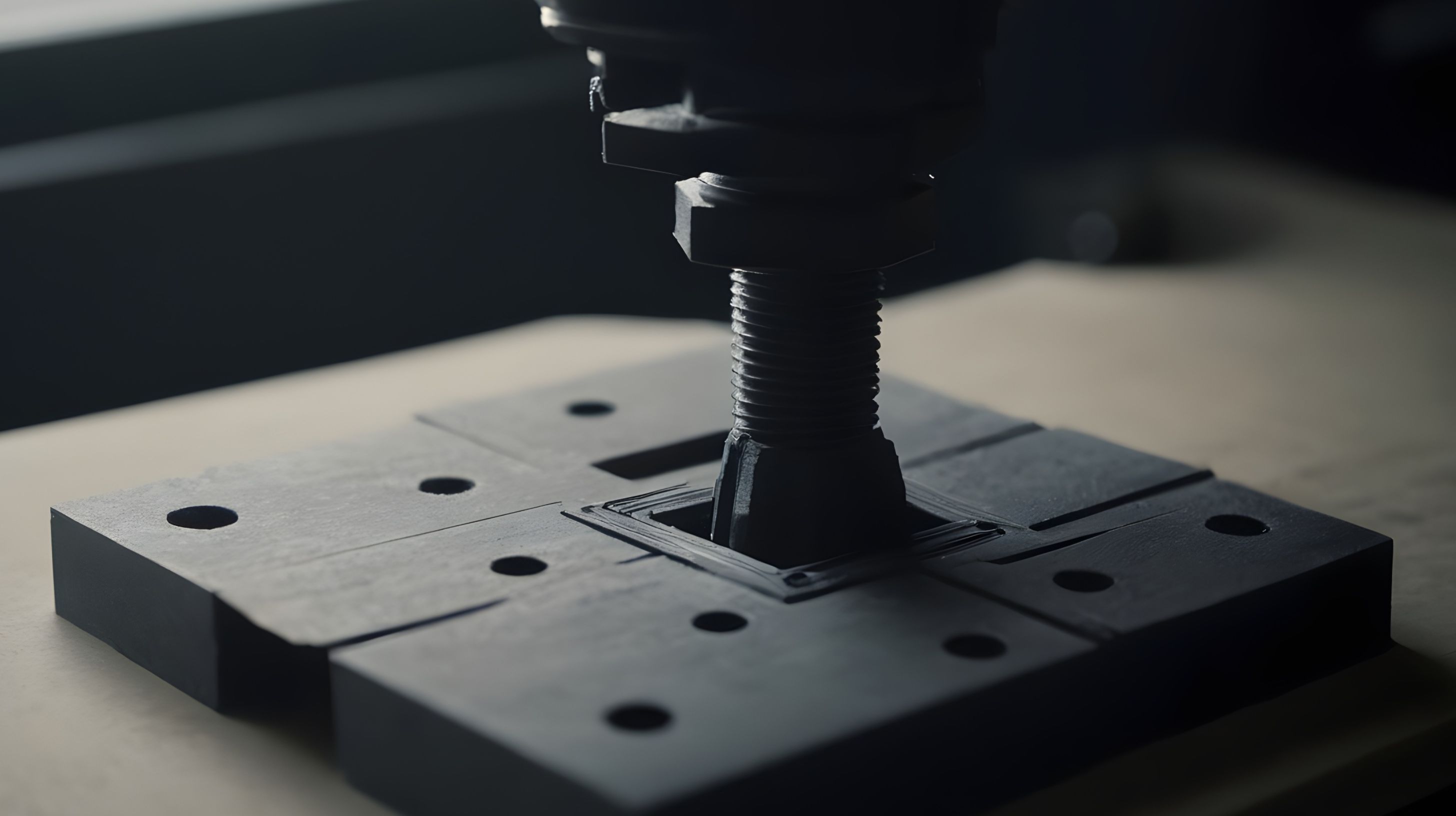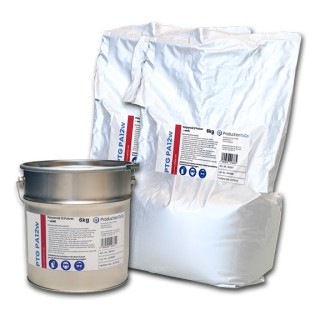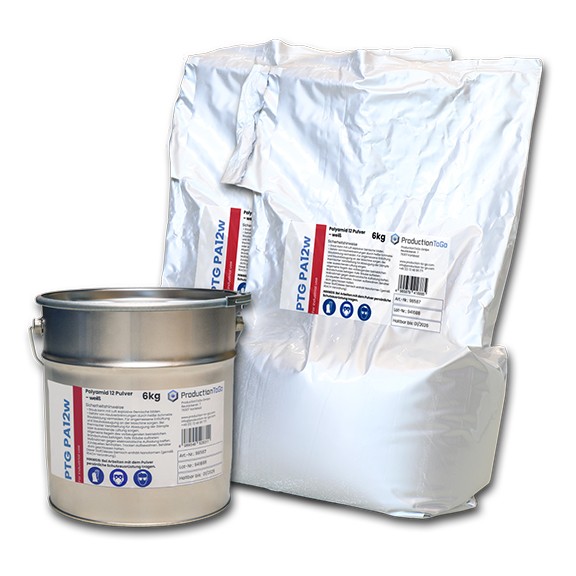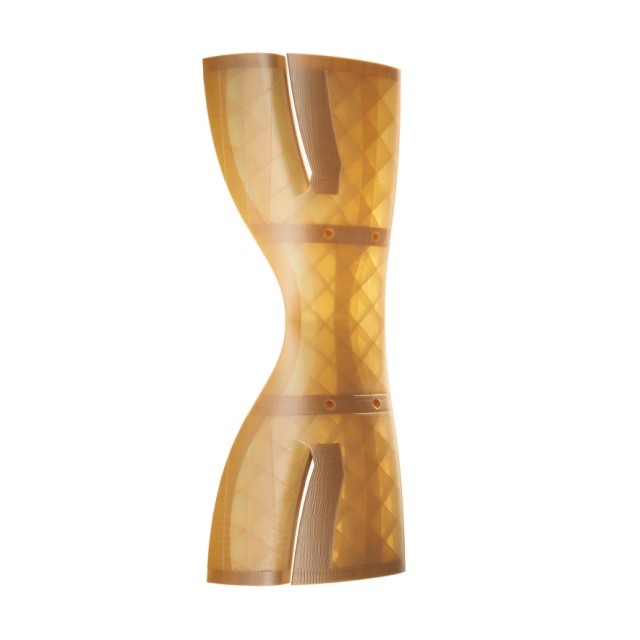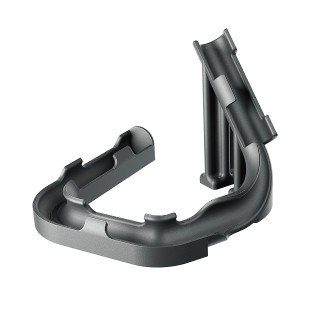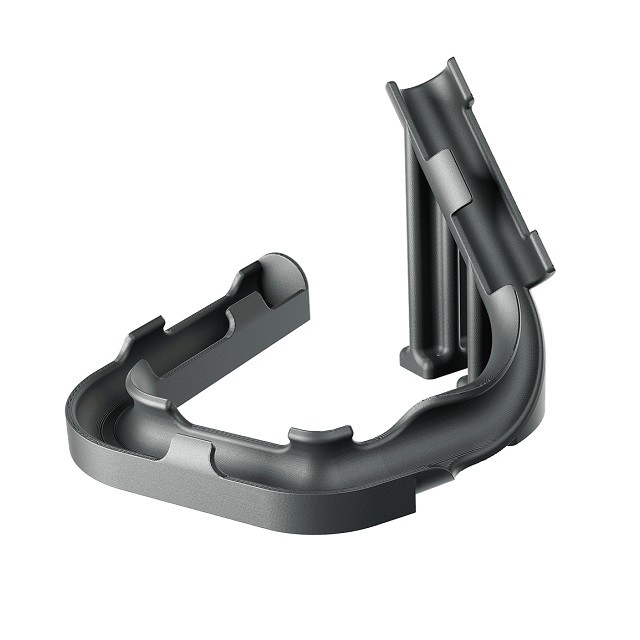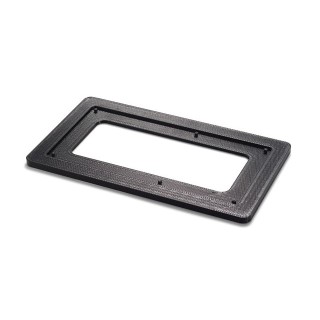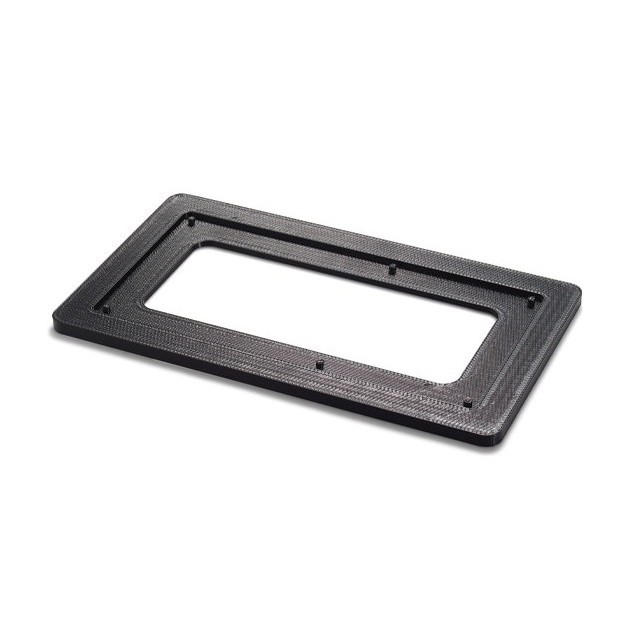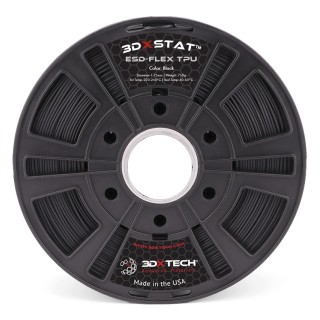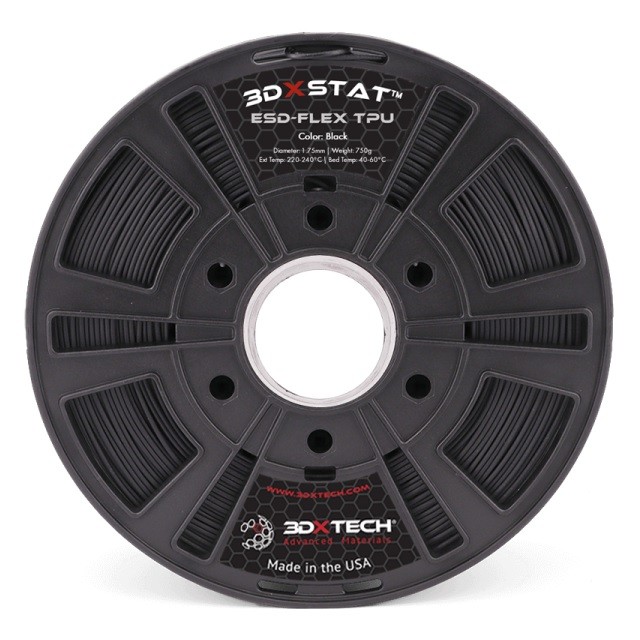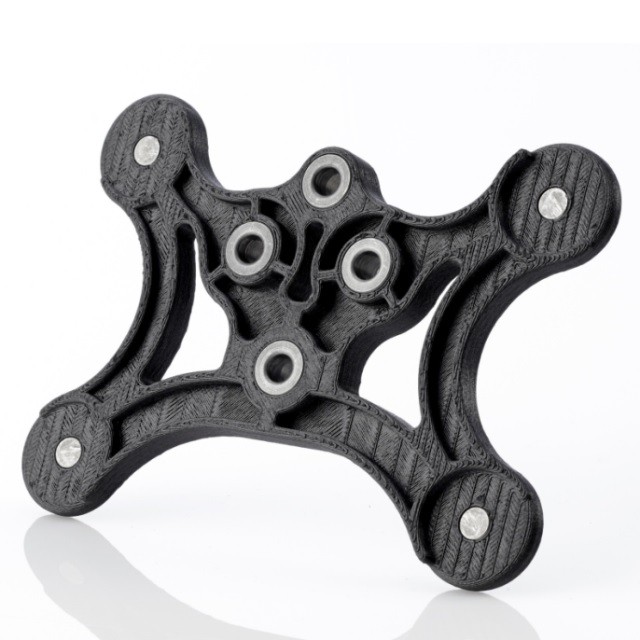What are jigs and fixtures?
Jigs and fixtures are specialised tools used in manufacturing to improve precision, reproducibility, and efficiency. Jigs guide and control the positioning of tools or workpieces during processes such as drilling or cutting, delivering consistent results across large-scale manufacturing. Fixtures, on the other hand, hold and support workpieces securely, allowing for precision machining, welding, or assembly while maintaining a stable and regulated environment. Jigs and fixtures both play important roles in optimising manufacturing processes, minimising setup time, and ensuring task reproducibility, all of which contribute to overall production quality and efficiency in a variety of sectors.
What important characteristics should jigs and fixtures have?

Precision and Customization
Jigs and fixtures are critical to assuring the precision of manufacturing processes. They should provide detailed instructions to ensure tight tolerances and allow the creation of high-quality components. Simultaneously, customisation is required to tailor these tools to individual activities and workpiece geometry. This adaptability increases their usefulness across a wide range of applications, allowing manufacturers to alter jigs and fixtures to changing production requirements.

Durability, Ease of Use, and Safety
Given the harsh circumstances faced during manufacturing operations, jigs and fixtures must be extremely durable. Using durable materials promotes lifespan and performance. Simplicity of setup and use is critical for reducing downtime and increasing overall productivity on the shop floor. Furthermore, incorporating safety elements such as ergonomic designs and secure clamping mechanisms protects operators and prevents accidents, in accordance with best practices in workplace safety.

Repeatability, Flexibility, and Cost Effectiveness
Jigs and fixtures should make manufacturing more repeatable, providing consistent and accurate outputs, especially in large production circumstances. These tools' adaptability enables adaptations to accommodate changes in designs or manufacturing requirements. Achieving a balance between performance and cost-effectiveness is critical, as efficient manufacturing processes must not sacrifice economic considerations. Implementing interchangeable components and modular designs increases versatility, resulting in more flexible and cost-effective production procedures.
What are the benefits of 3D printing jigs and fixtures?
Customization and Precision
3D printing transforms the design options for jigs and fittings by providing unprecedented personalization. Manufacturers can design intricate and customised tools to meet the exact needs of various production jobs and workpieces. The precision attained by 3D printing ensures that these tools have tight tolerances, resulting in consistent manufacture of high-quality components. This level of personalization and precision is difficult to achieve through typical production methods.
Rapid Prototyping and Cost-efficiency
The additive manufacturing process of 3D printing enables rapid development of jigs and fixtures, allowing for faster design iterations and revisions. Manufacturers may test several versions of these tools at a low cost, which speeds up the product development cycle. Furthermore, the layer-by-layer construction of 3D printing optimises resource consumption, reducing waste and increasing total cost efficiency. This differs from subtractive manufacturing procedures, in which surplus material is frequently discarded.
Complex Geometries and Integration with Automation
3D printing excels in producing jigs and fixtures with complex geometries that may include intricate internal structures or unconventional shapes. Traditional machining methods can be limited in achieving such complexity. Moreover, 3D-printed tools can seamlessly integrate with automation processes. Smart features, like sensors or RFID technology, can be incorporated during the 3D printing process, providing real-time data on manufacturing processes. This integration enhances efficiency, supports quality control measures, and aligns with the principles of Industry 4.0, where interconnected and automated systems drive modern manufacturing.
What are the industry applications of 3D printing jigs and fixtures?
Manufacturing and Production
Manufacturing relies heavily on 3D-printed jigs and fixtures to help with assembly, welding, and quality control operations. Customized tools provide exact component positioning and alignment, which streamlines manufacturing and improves overall efficiency.
Automotive
The automotive industry benefits from 3D-printed jigs and fixtures for welding and assembly. Custom fixtures preserve accuracy, resulting in consistent quality across several vehicle components.
Aerospace and Defence
Aerospace manufacturing uses 3D printing to create complicated jigs and fixtures. These tools aid in component assembly and alignment, while matching the industry's precise and lightweight standards.
Electronic Manufacturing
In electronics, 3D-printed jigs and fittings help with PCB assembly and testing. Custom fixtures hold components in position, which improves manufacturing productivity and precision.
Medical Device Production
The medical sector uses 3D-printed jigs and fixtures to assemble complex medical instruments. Custom tools enable precision and consistency in the production of vital healthcare components.
Packaging
These custom tools, designed to meet unique packaging requirements, improve the assembly, quality control, and overall production processes. Manufacturers may use 3D printing's flexibility to quickly design and construct intricate jigs and fixtures that properly fit with their packaging machines and materials. These bespoke tools ensure that labels, seals, and packing components are consistently and accurately placed, which contributes to higher product quality and reliability.
Consumer Goods, Tools, and Research
Many consumer products businesses use 3D-printed equipment for molding, assembly, and quality monitoring. In addition, foundries use 3D-printed templates and fixtures for metal casting processes. In research and development, these technologies help with prototyping and testing new designs by leveraging fast prototyping capabilities.
What materials do we recommend for 3D printing jigs and fixtures?
PTG PA12 from ProductionToGo - Printed on the Nexa3D® QLS 820
PTG PA12 is a high-performance polymer with superior detail fineness and surface resolution. It also has excellent mechanical qualities and resistance to a variety of chemicals.
The PTG PA12 can be used for a wide range of jigs and fixtures and even for medical devices with temporary physical contact.
A variety of printers, including the powder 3D printers of Nexa3D® such as the QLS 230, QLS 236, QLS 260, QLS 820, and the Stratasys® H350, can print this material with precision without the use of supports, allowing you to design complicated structures.
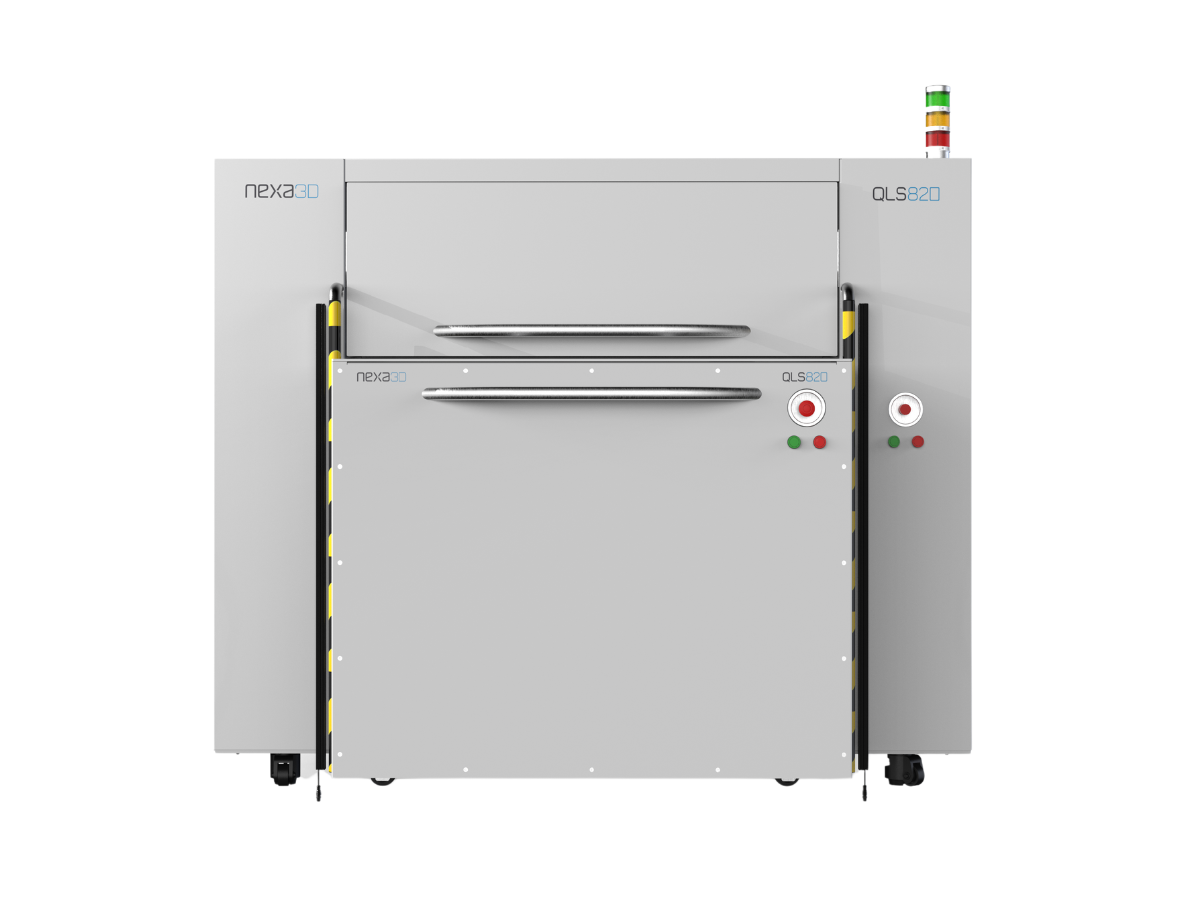
QLS 820
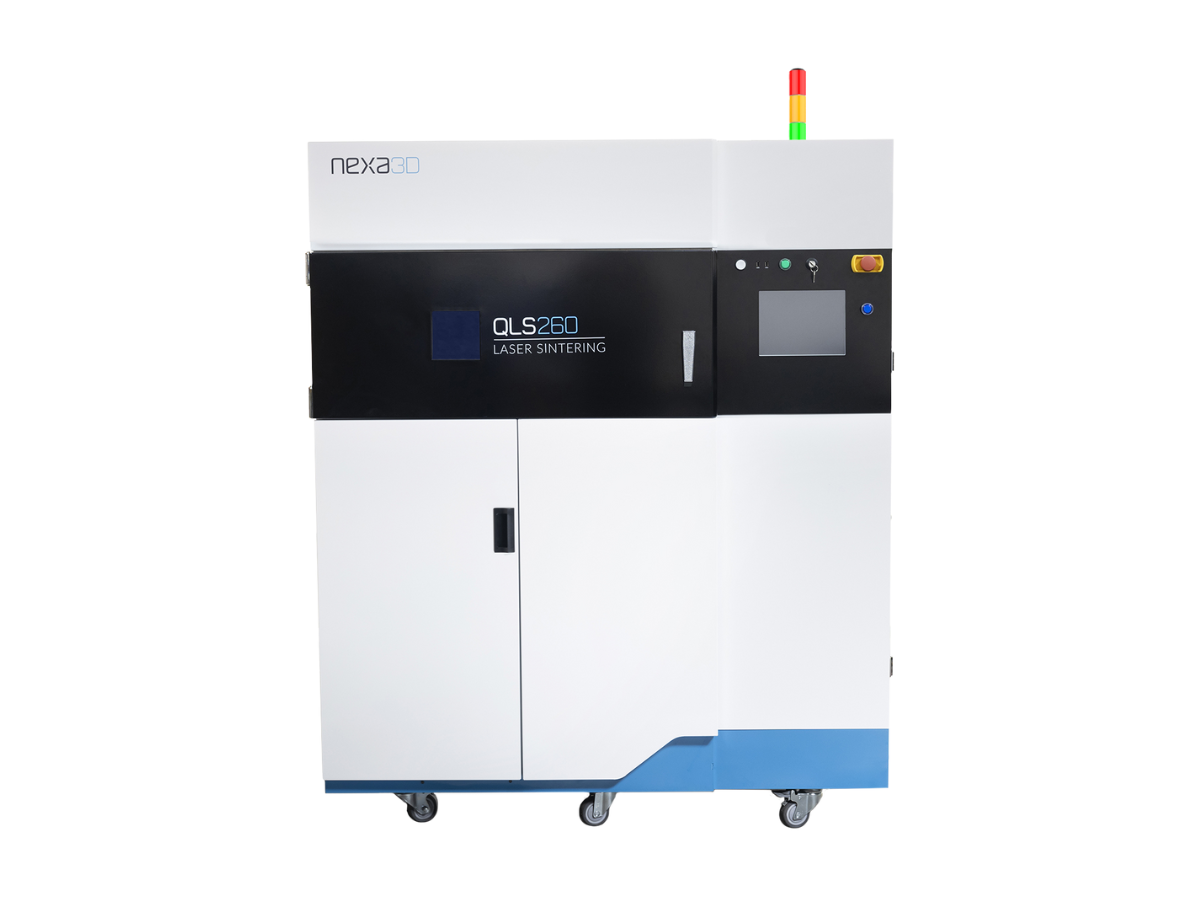
QLS 260
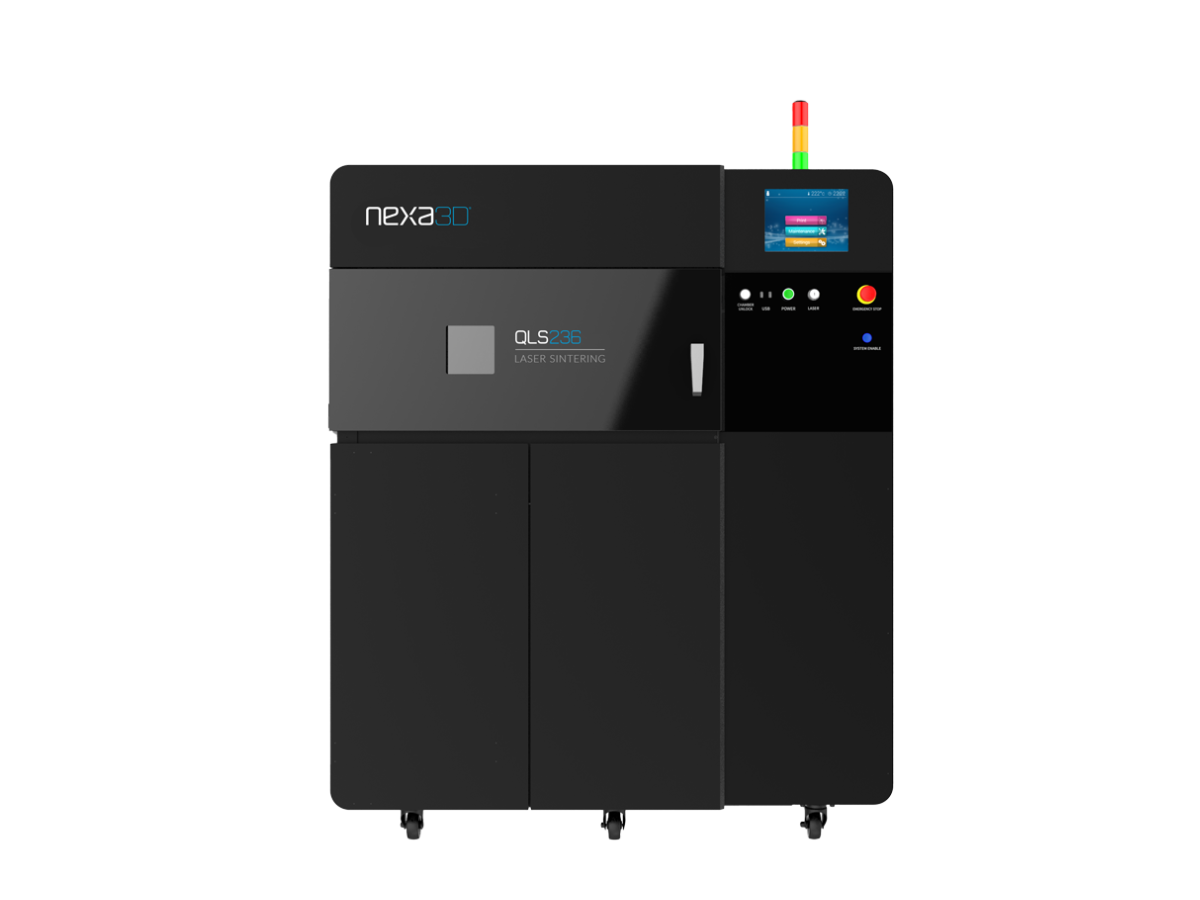
QLS 236
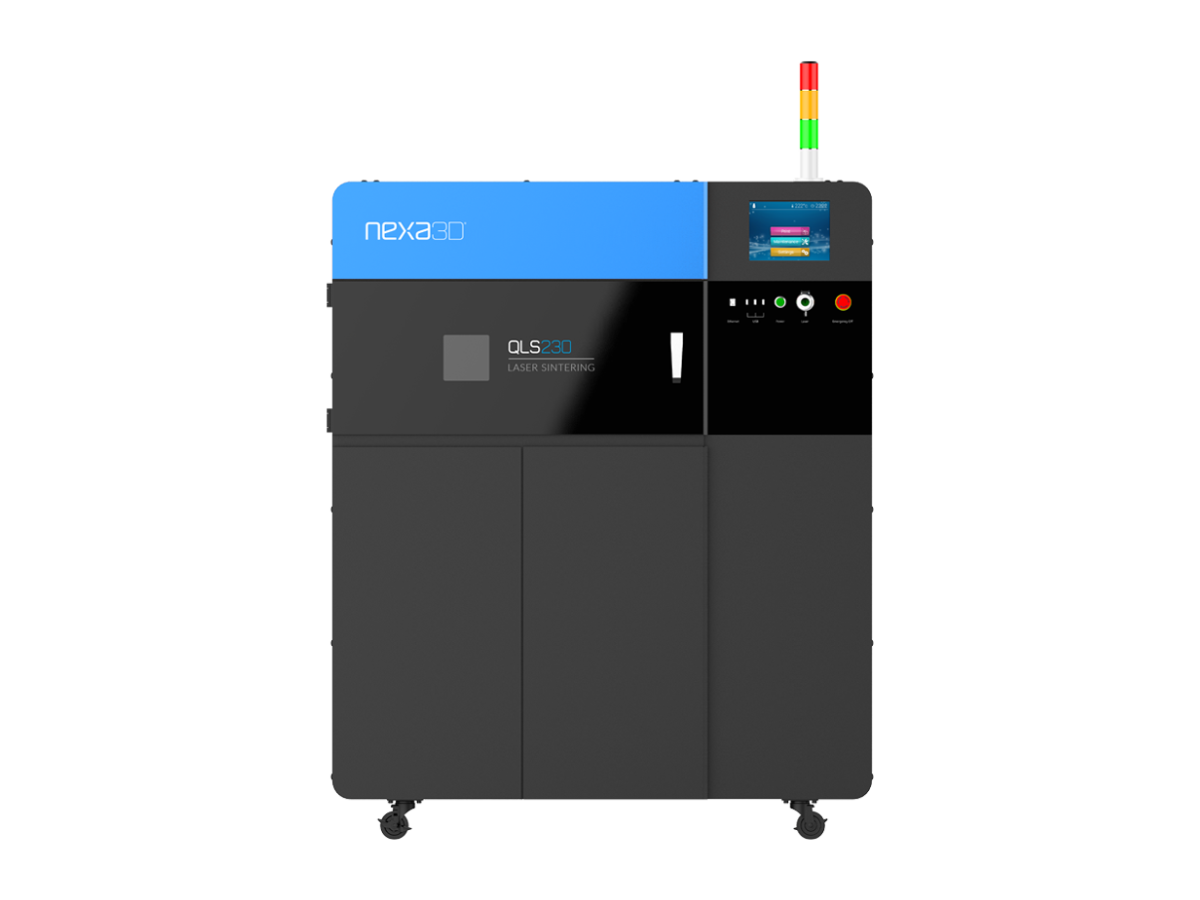
QLS 230
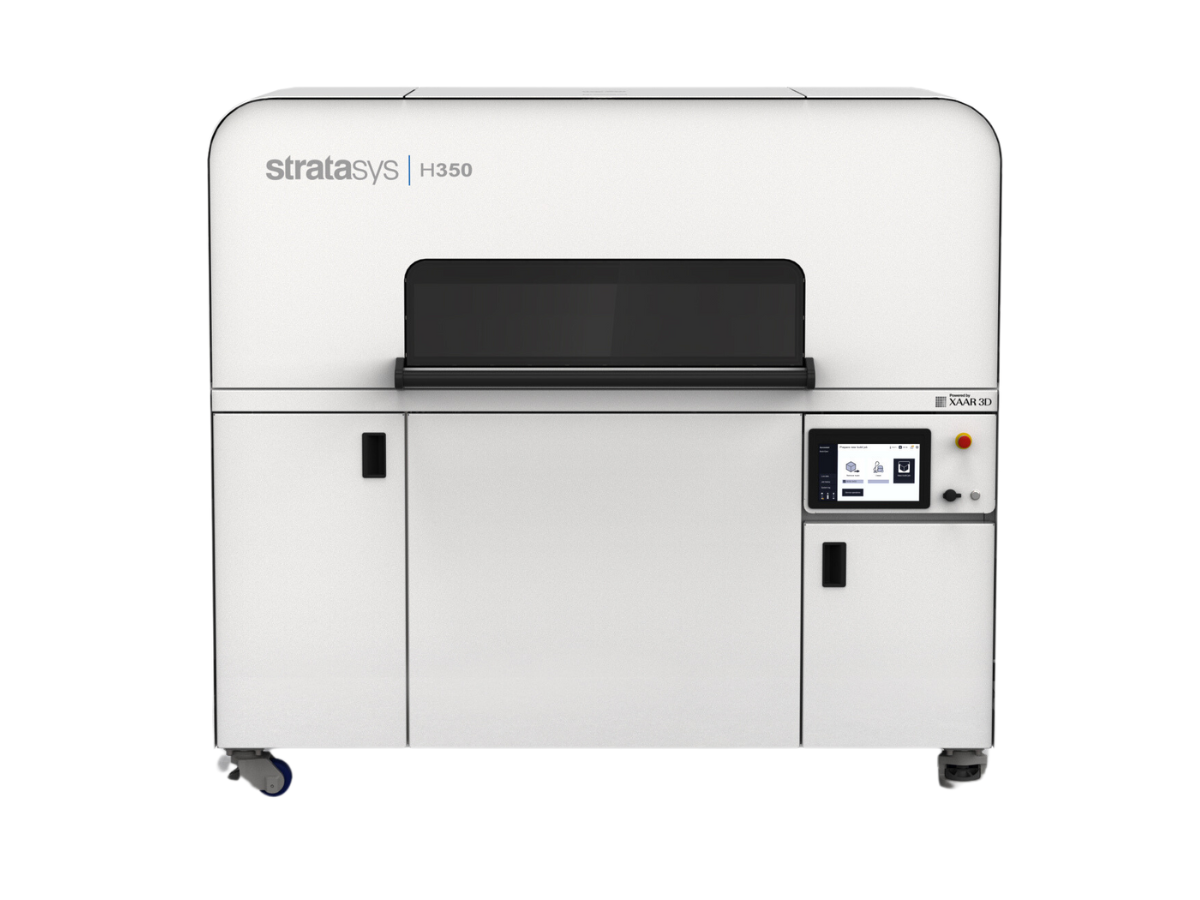
H350™

Have your components 3D printed now! Do you have any questions? Contact our experts!
ULTEM™ 1010 resin from Stratasys® - Printed on the Stratasys® Fortus® 450mc
ULTEM™ 1010 resin is a durable 3D printing substance made of high-performance polyetherimide (PEI) thermoplastic. It offers great heat resistance and the lowest coefficient of thermal expansion among FDM materials.
With its high strength qualities, ULTEM 1010 resin is the strongest FDM material and ideal for demanding and specialised applications such as lightweight composite tools. ULTEM™ 1010 CG (certified grade) meets industry standards for biocompatibility and food safety, including ISO 10993, USP Class VI, and NSF 51.
The Fortus® 450mc provides precise, dependable performance that lets you save production costs. Its proven reliability and capability to use the ULTEM™ 1010 makes it a trusted 3D printing solution for manufacturers in the aerospace, automotive, rail, oil and gas, and commercial products industries.
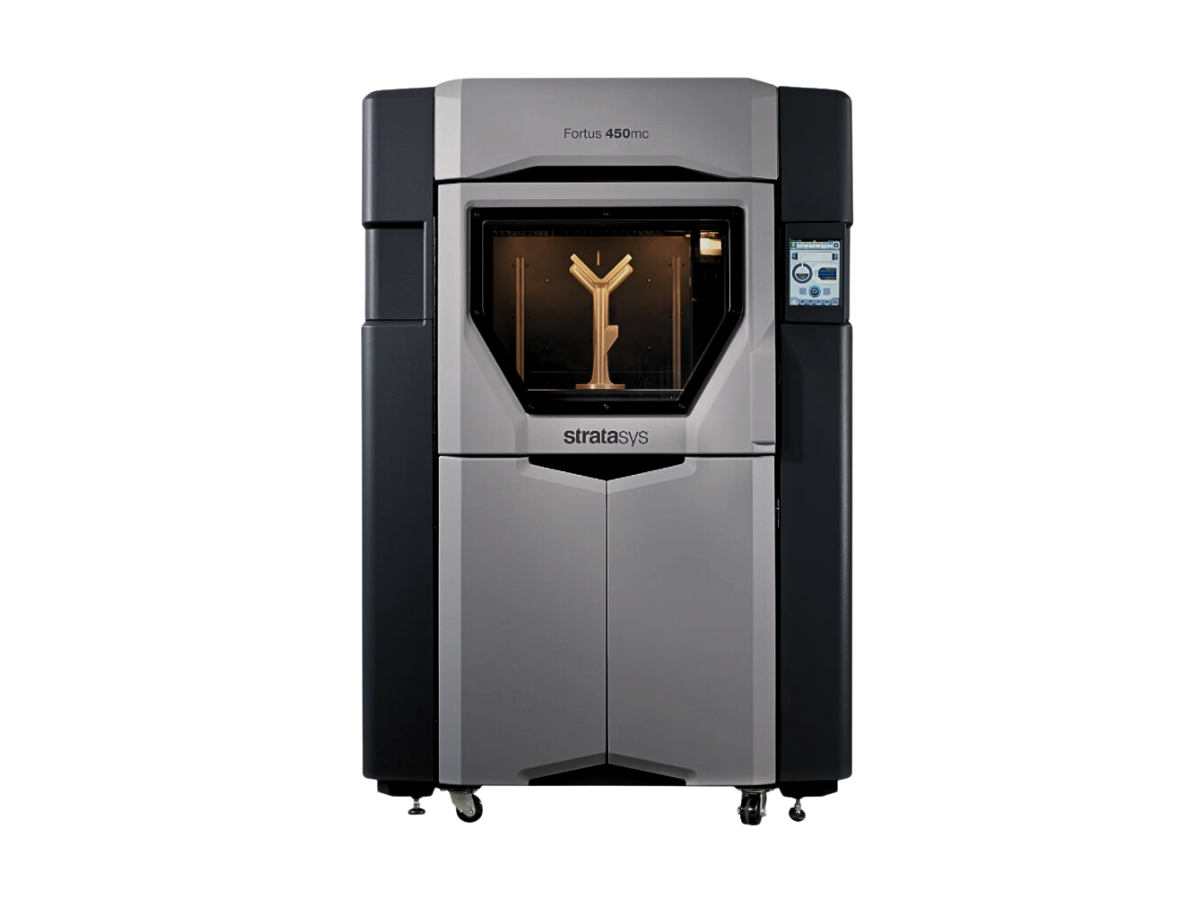
Fortus® 450mc

Have your components 3D printed now! Do you have any questions? Contact our experts!
ToolingX CF from Roboze - Printed on the Roboze ARGO 500
ToolingX CF, one of the most popular 3D printing materials in the aerospace industry, is a carbon fiber-filled composite material that is lightweight, chemically resistant, and mechanically resistant.
It is virtually completely insoluble in organic solvents below 200 °C, making it appropriate for use in applications involving caustic or difficult-to-manage chemicals. Roboze ToolingX CF is flame resistant by design due to its chemical structure and self-extinguishing qualities.
The Roboze ARGO 500 is a high-temperature industrial 3D printer with an extruder capable of reaching 450°C and a build envelope that can heat up to 180°C. The ARGO 500 works with the ToolingX CF and can produce large-format jigs and fixtures with 10 µm positioning accuracy and consistent reproducibility.
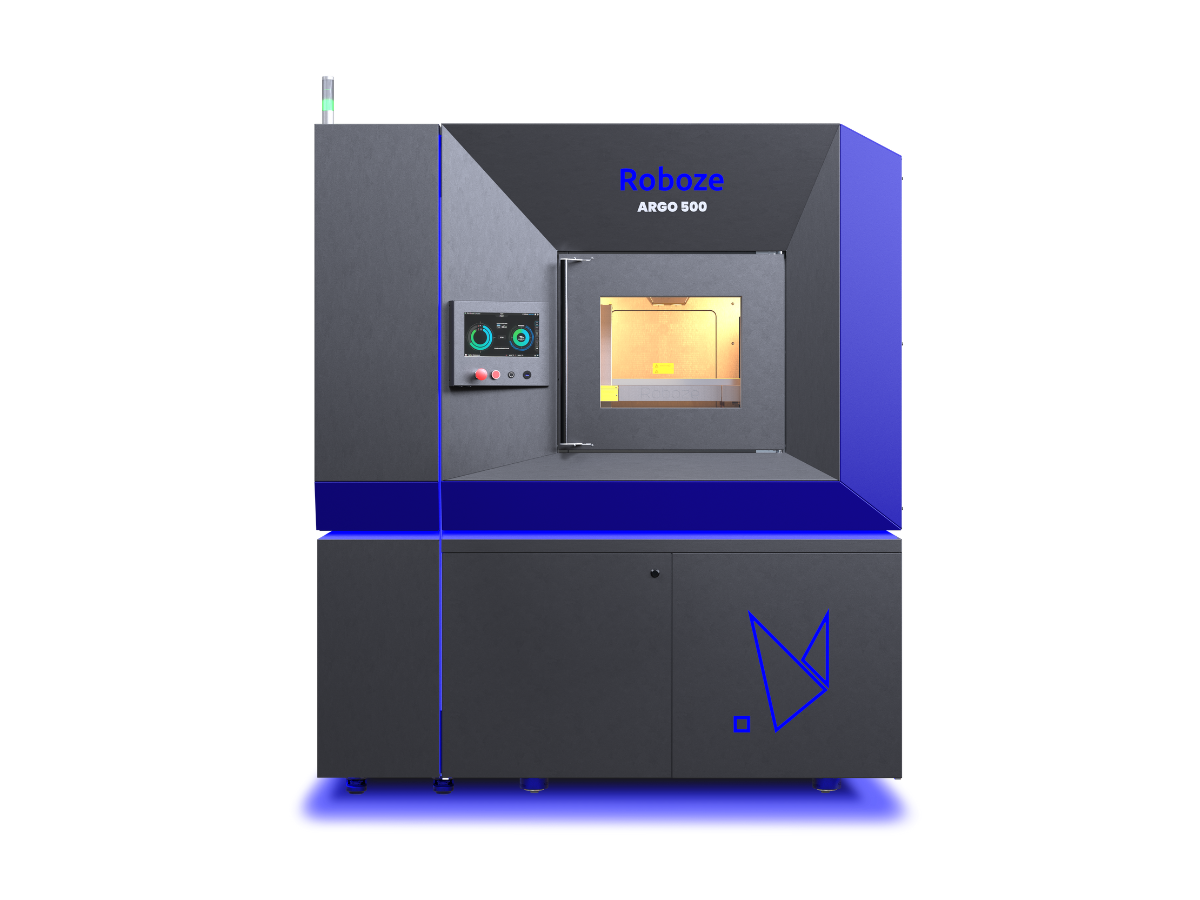
ARGO 500

Have your components 3D printed now! Do you have any questions? Contact our experts!
ABS-ESD7 filament from Stratasys® - Printed on the Stratasys® F370®CR
Acrylonitrile Butadiene Styrene Electrostatic Dissipative, or ABS-ESD7, is an ABS thermoplastic having the ability to dissipate static electricity. It stops static energy from building up, preventing discharges and drawing in other things like dust, powder, and small particles.
The FDM material ABS-ESD7 is a filament with the strength and durability of ABS. Using ESD-ready ABS material, it is used to print prototypes, jigs, electronics supports and fixtures and is used for other electrostatically sensitive applications.
Stratasys®'s industrial FDM 3D printers, such as the F370®CR from the F123CR Composite Ready Series, which provides high-strength carbon fiber materials on a dependable, user-friendly industrial printer platform, are specifically made for printing the ABS-ESD7 filament.
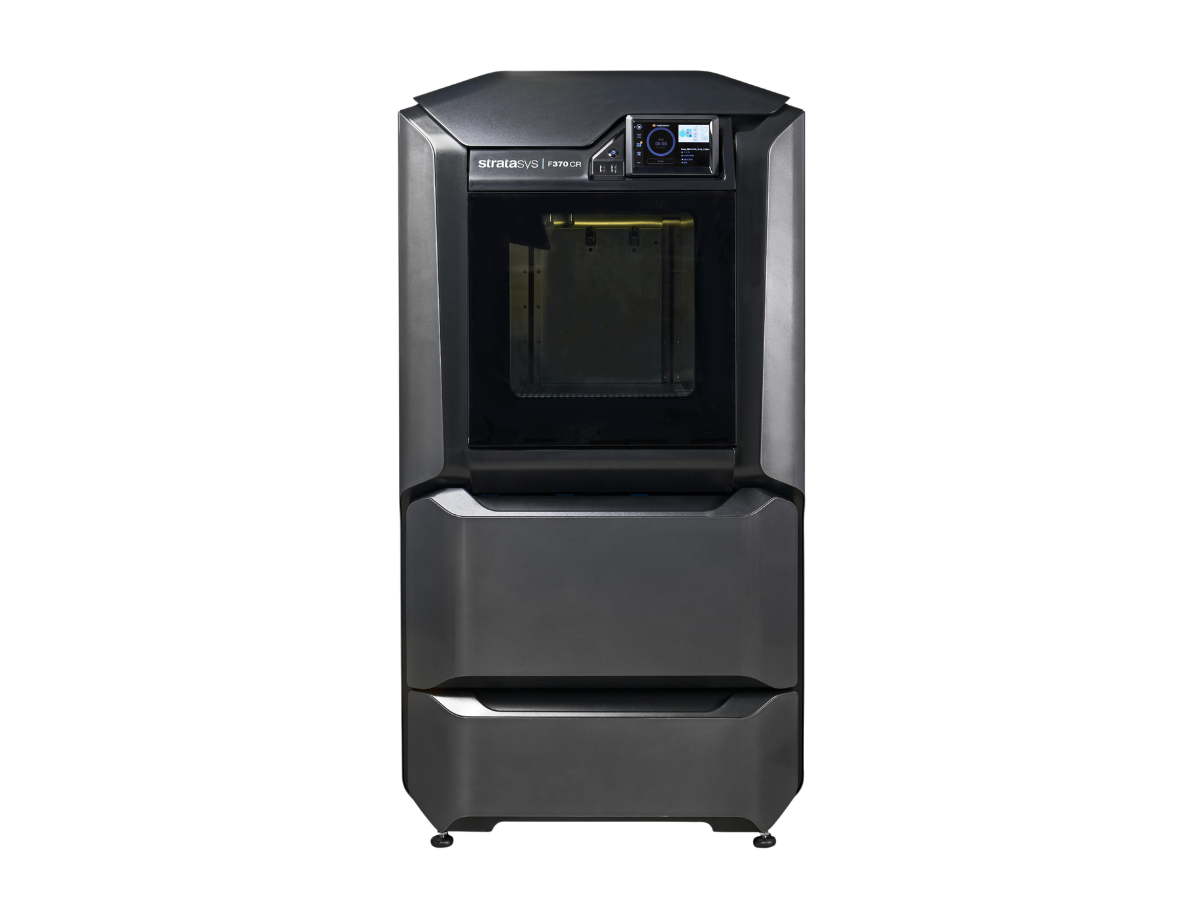
F370®CR

Have your components 3D printed now! Do you have any questions? Contact our experts!
TPU-ESD filament from 3DXTECH - Printed on the Roboze ARGO 350
The engineering-grade thermoplastic 3DXSTAT™ ESD-Flex TPU [90A] [thermoplastic polyurethane] elastomer was selected for its high flexibility, ease of printing, chemical resistance, and durability. The goal surface resistance of 3DXSTAT™ ESD Flex elastomeric filament is 10^3 Ohm, and it is designed to provide ESD-Safe electrical conductivity.
Because of the filament's strong elongation of over 300%, shore 90A semi-flex hardness, minimal moisture absorption that maintains flexibility even at low temperatures, jigs and fixtures, casings, conveying, metering, and sensing applications are typical ESD uses of this filament.
The ARGO 350 from the Italian manufacturer Roboze prints the TPU-ESD filament from 3DXTECH with outstanding qualities. The industrial printer lets you produce your parts in a matter of hours. Create large-format finished jigs and fixtures with a 3D printer with 10 µm positioning accuracy and consistent repeatability.
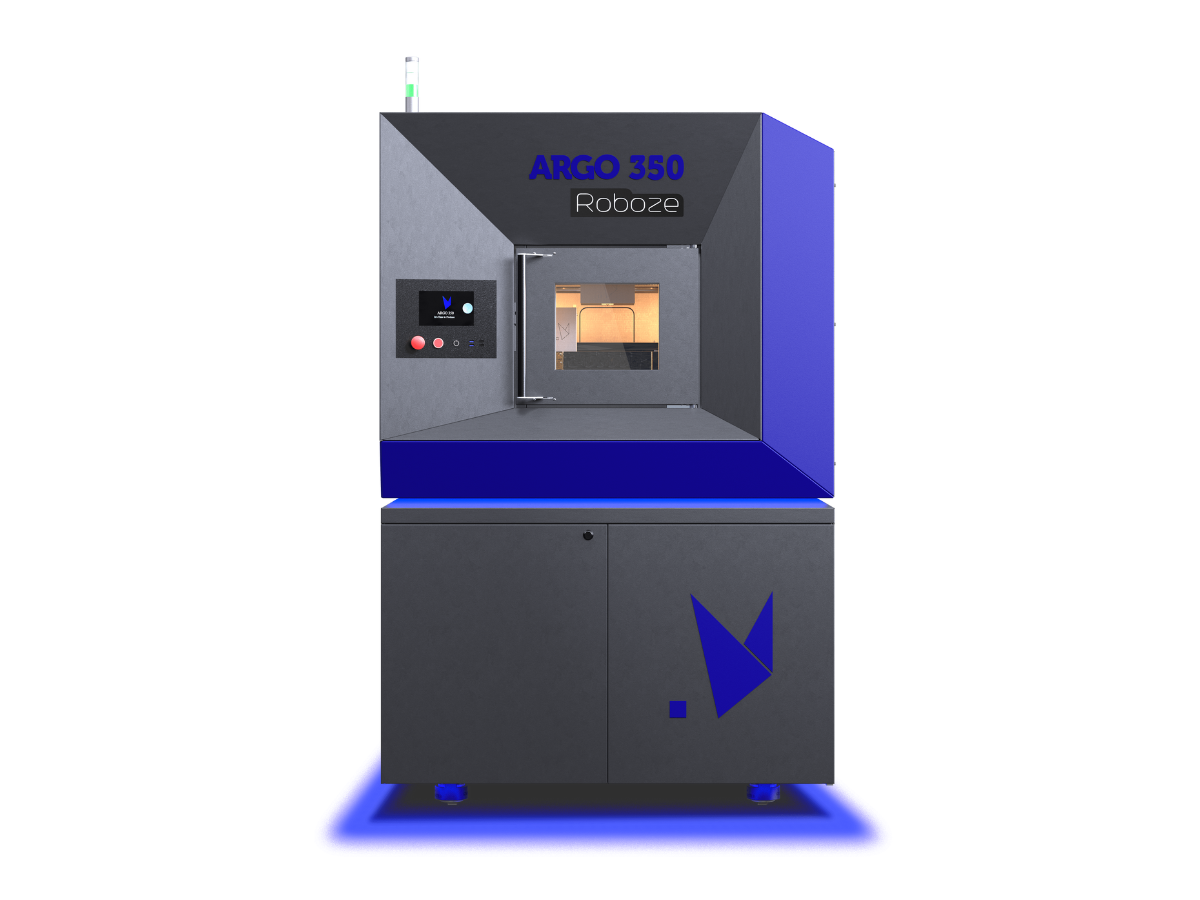
ARGO 350

Have your components 3D printed now! Do you have any questions? Contact our experts!
FDM Nylon 12CF (Carbon Fiber) from Stratasys® - Printed on the Stratasys® Fortus® 450mc
FDM Nylon 12 Carbon Fiber (Nylon 12CF) is a combination of Nylon 12 and chopped carbon fiber that achieves the highest flexural strength and stiffness-to-weight ratio of any FDM material. Nylon 12CF also offers a cleaner carbon fiber addition method than SLA while maintaining equal strength attributes.
In some applications, the strength and stiffness are sufficient to replace metal. Replace heavy metal jigs and fixtures with lighter, more ergonomic carbon fiber FDM tools. Carbon fiber functional prototypes are a faster way to validate designs than expensive and time-consuming metal prototypes.
The Fortus® 450mc provides precise, dependable performance, allowing you to speedup manufacturing and save production costs. Its proven reliability and capability to use the FDM Nylon 12CF (Carbon Fiber) makes it a trusted 3D printing solution for manufacturers in the aerospace, automotive, rail, oil and gas, and commercial products industries.

Fortus® 450mc



